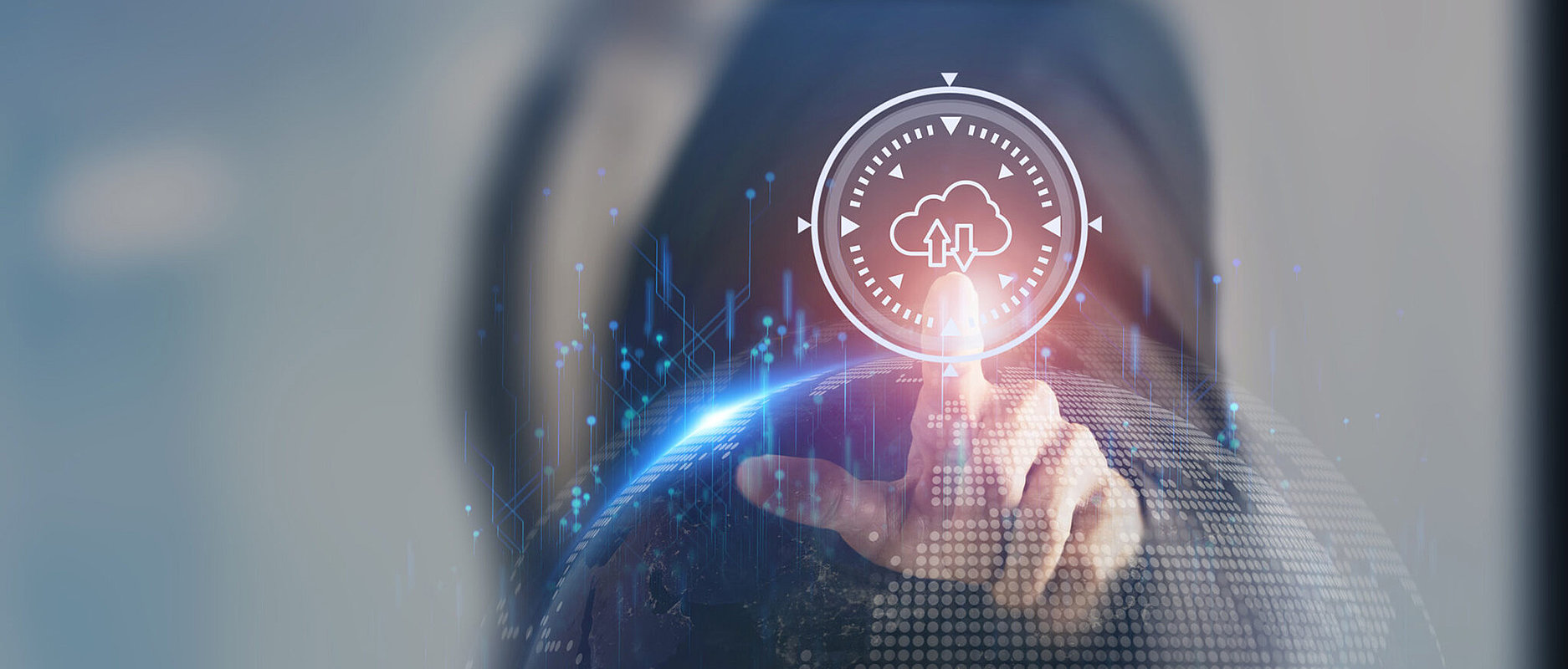La mission du Swiss AI Center est d’accélérer l’adoption de l’intelligence artificielle dans la transition numérique des PME suisses. L’enjeu socio-économique associé est d’accroître leur compétitivité, de limiter les délocalisations et de créer de nouvelles compétences à l’interface des laboratoires et de l’utilisation pratique de l’intelligence artificielle.
Les PME en Suisse représentent 3 millions d’emplois dans 590 000 entreprises, soit 60% de la population active. La transition numérique est un défi majeur pour les PME, impactant tous les domaines, de l’administration à la production, en passant par les ventes et les achats. Dans cette transition numérique, de nombreuses PME pourraient accroître leur compétitivité et éviter les délocalisations en accélérant l’adoption de l’intelligence artificielle (IA) dans leur portefeuille numérique. En effet, les acteurs prédisent de nombreux cas d’usage de l’IA dans les PME : ciblage marketing et commercial, meilleure efficacité dans le traitement des documents liés aux services clients, optimisation financière, aide à la décision, maintenance prédictive, et ce, dans tous les domaines, y compris le commerce de détail, la santé, l’énergie et la construction.

Actuellement, les développements de l’IA sont extrêmement rapides et s’accompagnent d’une démocratisation des coûts. Les investissements dans l’IA doublent chaque année, ce qui indique une forte activité dans la création d’outils et de services. Conscient de ces évolutions, le Conseil fédéral a fait de l’IA un thème central de sa stratégie « Suisse numérique ». De nombreux projets d’IA sont effectivement en cours de développement, mais principalement au niveau des grandes entreprises et organisations. L’adoption de l’IA par les PME reste difficile. Différents obstacles sont cités tels que le manque de connaissances, la difficulté d’accès aux compétences humaines locales et l’investissement important. Deux autres facteurs clés sont également en jeu. Le premier est la sécurité des données, avec des composants d’IA qui impliquent essentiellement l’utilisation de services cloud, souvent externalisés hors de Suisse. Le second est lié à la durabilité de l’IA, qui, par nature, doit être fréquemment mise à jour lorsque les contextes changent.
Le Swiss AI Center a pour objectif de mettre en place une structure, de développer des outils et d’offrir des services qui permettront aux PME d’accélérer l’adoption de composants IA dans leur transition numérique. D’une part, l'ambition est de réunir les compétences en IA des 5 écoles d’ingénieurs de la HES-SO en Suisse romande avec la création du premier Centre suisse d’intelligence artificielle dédié aux PME. D’autre part, l'objectif est d'offrir aux PME l’accès à une gamme d’outils pour une adoption et un déploiement plus rapides, tels que des outils de préparation des données, de prototypage rapide, de contrôle qualité, de détection des biais et de ré-entraînement. Enfin, cela permettra également d'ouvrir des services pour soutenir les PME sur les dimensions d’acquisition de connaissances, d’identification de cas d’utilisation et de préparation à l’accréditation de l’IA.
Grâce à ce centre regroupant ses 5 sites d’ingénierie avec un accès à plus de 80 chercheurs et chercheuses actif·ves en IA, la HES-SO sera identifiée comme un partenaire de premier plan dans le domaine de l’IA pour les PME. Le centre sera un catalyseur de l’expertise locale et offrira des services pour accélérer l’adoption de l’IA dans des domaines utiles aux PME. Le projet vise également à soutenir le centre au-delà du programme.

